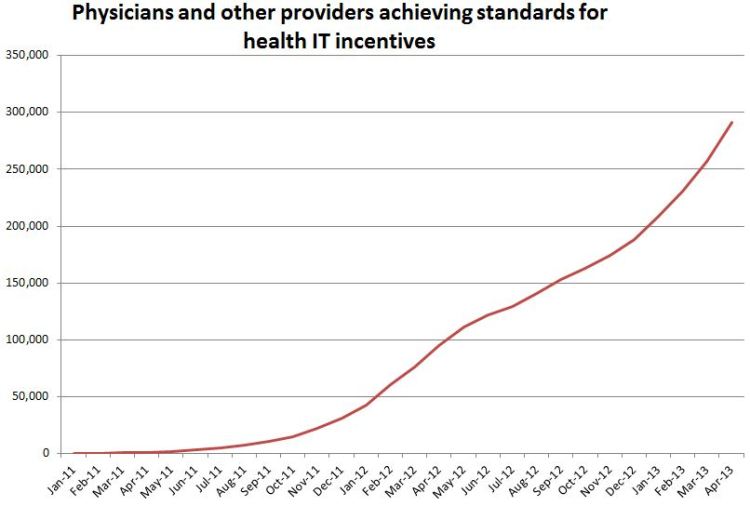Editor’s Note: This column appeared in Bridge Magazine.
Soon, many hundreds of thousands of Michigan citizens will be obtaining mental health coverage through the Affordable Care Act—coverage that many have never had before. Our Center wanted to understand what Michiganders might be facing in terms of the need for these services and access to care. To find out, we surveyed primary care physicians in Michigan as well as consumers, and we found that we have a big problem in our state today—a problem that could get much worse in the future.
Specifically, 68 percent of Michigan primary care physicians say that there is inadequate access to mental health care for children; 57 percent say that there is inadequate access to mental health care for adults; and, 64 percent say that there is inadequate access to substance use services. And, in some parts of the state, the numbers are even higher: At least three out of four providers in the Muskegon, Petoskey, and St. Joseph regions consistently reported that mental health services were inadequate in all three categories.
This lack of access to mental health care is particularly troubling in light of the magnitude of the need for mental health care: 1 in 4 Michigan residents report ever having been diagnosed with depression and/or an anxiety disorder—a quarter of the state’s population! And, the numbers are even higher for those who are low income or uninsured with more than one-third reporting these conditions.
Lack of access to mental health care is a serious issue in our state. Michigan ranks 42 out of the 50 states in our ratio of inpatient hospital beds to population. In some areas of the state, there are no child psychiatrists at all. And, as our survey data shows, even in the areas of the state with the best access to care (mostly Southeast Michigan), more than one-third of primary care physicians say that they have a hard time finding places to refer patients.
By some estimates, there is more mental health care being provided in prisons than in the community at large. Indeed, more than 50 percent of those in prisons nationally have been identified as having been diagnosed with a mental illness. And as Michigan closed 12 of its 16 state mental hospitals between 1987 and 2003, rates of incarceration for the mentally ill are reported to have increased significantly and in some reports, quadrupled.
This is an enormous public health and public policy issue.
Depression, anxiety and other mental illnesses take a tremendous toll on individuals, families and society. In our Center’s survey, respondents with these diagnoses reported difficulty in carrying out activities of daily living, including work, five days a month—two times greater than those with other chronic diseases.
In February 2013, Governor Snyder supported the need to improve mental health in Michigan by charging a bipartisan Mental Health and Wellness Commission with looking at ways to strengthen Michigan’s mental health system. The commission will report at the end of this year.
But, in order to make substantial progress in mental health care in our state, there will need to be an enormous commitment at every level of government as well as a partnership with the private sector. Our current mental health system is fragmented in its funding, governance and delivery systems. Funding comes from the state, the counties and private health plans. Governance is at the state level and at the county levels in the public mental health system. And, the courts and our state laws have a critical role to play. All these entities will need to work together in ways they have not before if we are going to address the depths of the problem we face.
Unless we fundamentally change the current fragmented and under resourced mental health system, the insurance coverage that so many will soon have will mean very little to those who need it the most.

